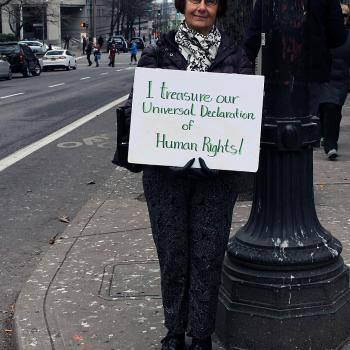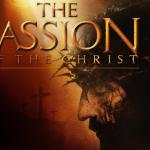Every September college students confront a myriad of student activity organizations, each competing for student loyalties. While campus religious groups might be considered realms for quiet reflection and prayer, things change amongst a plurality of competing enticements for student membership. Suddenly, the Catholic Center is just one option alongside a cappella choirs, the Beekeeping Club, the Anime Club, the Cigar Aficionados, the Harry Potter Alliance, and the Wine & Cheese Society. What’s a religion got to do to get American undergrads in the door?
The Catholic Center, with its “Keep Calm and Catholic On” meme poster, joins the rush to make religion cool, and offers a palette of activities–the Holy Water Fight, the Monstah BBQ, Ultimate Frisbee, a gathering of Card Sharks–and oh, at the very bottom there, a bit of Mass. The distinctively “religious” activity of the religious organization seems an afterthought–or maybe a chance to atone for the fun to be had making fun of religion all week.
The effects of modern pluralism–not just religious diversity but the existence of all sorts of cultural options for people to spend their time on–impacts not only the self-presentation but also the behaviors of religious institutions. Sociologist Anthony Giddens writes that pluralistic modern conditions change religious institutional self-reflexivity–the ways these organizations think about and present themselves. It makes sense, since much of identity formation is a process of reacting to one’s surroundings and differentiating oneself from them. The competitive student activities marketplace pushes this changing self-conception into an entirely different organization–now the religious group is not just for religion, but also for BBQs and gambling. The Catholic Center, to contend with other student organizations, has to offer a range of activities that in a previous era might have been seen as sacrilegious, self-mocking, or entirely too secular and temptation-laden. This shows how the cultural marketplace affects its constituents. Does it work? When the Catholic Center presents itself as a cool and attractive activity, does it pull in customers who are there for the Catholic–or just there for the Center?
Read the rest here















